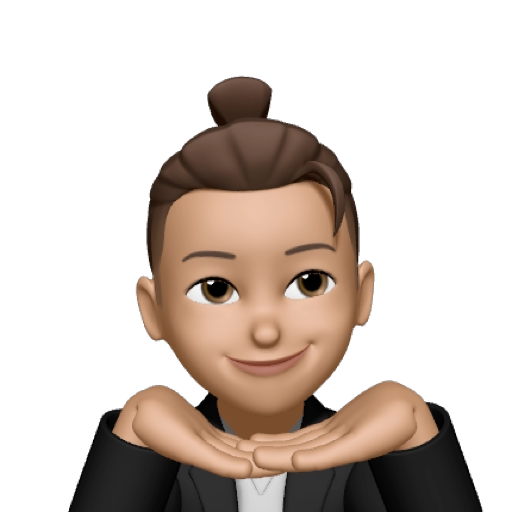
A I E D R O W



 Ritesh Kushwaha
Ritesh KushwahaAnxiety is more than just worry—it’s a persistent feeling that can take over your life. Here’s a breakdown of what causes it, how it manifests, and the coping strategies that actually work.

I didn’t always know I had anxiety. At first, it just felt like I was overthinking. Then it became a tightness in my chest before important meetings, an unshakable nervous energy when texting someone back, a constant background hum of "what ifs" running in my mind. If you’ve felt this, you know what I’m talking about.
Anxiety is tricky. It can be a quiet whisper of dread or a full-blown panic attack that makes you feel like you’re about to die. And the worst part? It doesn’t always make sense. Your brain knows there’s no real danger, but your body reacts like you’re being chased by a lion. Why does this happen? And more importantly—how do we deal with it?
Anxiety isn’t just a mental struggle—it’s a biological one. It’s your body’s way of preparing for danger, an ancient survival mechanism called the fight-or-flight response.
When your brain senses a threat (real or imagined), it floods your system with adrenaline and cortisol, making your heart race, your breathing shallow, and your muscles tense up. Back when we were dodging predators in the wild, this was useful. Now? Not so much. Because modern anxiety isn’t triggered by tigers—it’s triggered by deadlines, social interactions, and existential dread at 2 AM.
So, why does anxiety stick around? Sometimes, it’s genetic—if your parents have anxiety, you might be wired for it too. Sometimes, it’s caused by trauma or stress—your brain learns to stay on high alert. Other times, it’s linked to imbalances in neurotransmitters like serotonin and dopamine. And sometimes? It’s just life. The world is chaotic, and our minds struggle to keep up.
Anxiety shows up in weird ways. It’s not just “feeling nervous.” It can be physical, emotional, and even mess with your thoughts. Here’s what it can look like:
Physical Symptoms: Tight chest, racing heart, dizziness, nausea, headaches, muscle tension, insomnia, stomach issues, feeling constantly on edge.
Emotional Symptoms: Irritability, restlessness, a sense of impending doom, overwhelming fear, mood swings, emotional exhaustion.
Cognitive Symptoms: Overthinking, intrusive thoughts, difficulty concentrating, worst-case scenario thinking, feeling disconnected from reality (derealization).
And let’s not forget the different types of anxiety disorders:
Generalized Anxiety Disorder (GAD): Constant, excessive worry about everyday things.
Panic Disorder: Sudden, intense panic attacks that feel like a heart attack.
Social Anxiety: Fear of being judged or humiliated in social situations.
Obsessive-Compulsive Disorder (OCD): Repetitive thoughts (obsessions) and behaviors (compulsions) that feel impossible to stop.
Post-Traumatic Stress Disorder (PTSD): Anxiety triggered by past trauma.
Phobias: Intense fear of specific objects, situations, or places.
If anxiety were easy to “just stop,” we wouldn’t need this conversation. But since it’s stubborn, we need real strategies. Here are some that work:
When anxiety spirals out of control, grounding techniques can help. One of the best is:
5 things you can see
4 things you can touch
3 things you can hear
2 things you can smell
1 thing you can taste
This helps shift focus away from anxious thoughts and back to reality.
Anxiety makes us breathe fast and shallow, which signals to the brain that we’re in danger. Instead, try box breathing:
Inhale for 4 seconds
Hold for 4 seconds
Exhale for 4 seconds
Hold for 4 seconds
This slows the nervous system and tells your body you’re safe.
Your anxious brain tells you you’re going to fail, everyone hates you, or something terrible is about to happen. Instead of believing it, try:
Asking: “Is this thought based on facts or just fear?”
Imagining what you’d tell a friend with the same worry.
Writing down the worst-case scenario and then the most realistic scenario (hint: they’re rarely the same).
Exercise isn’t just for fitness—it’s a natural anxiety reliever. Even a 10-minute walk can lower stress hormones and clear anxious energy.
Caffeine jacks up your heart rate, triggers adrenaline, and can amplify anxiety symptoms. If you’re sensitive to it, switching to decaf or herbal tea might help.
Anxiety thrives in isolation. Talking to a friend, therapist, or support group can help break the cycle. Sometimes, just hearing “I get it” makes a huge difference.
For severe anxiety, therapy (CBT, exposure therapy, or mindfulness-based therapy) can retrain your brain. Medication (SSRIs, beta-blockers, or anti-anxiety meds) can also help regulate brain chemistry if anxiety is unmanageable.
If you struggle with anxiety, you’re not broken. You’re not weak. Your brain is just trying to protect you—sometimes a little too much. And while it might never fully go away, you can learn to manage it, live with it, and even use it to your advantage.
And who knows? Maybe one day, you’ll look back and realize anxiety taught you something about resilience, self-awareness, and what truly matters. But for now? Just breathe. One step at a time.